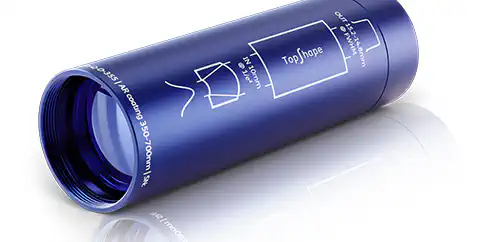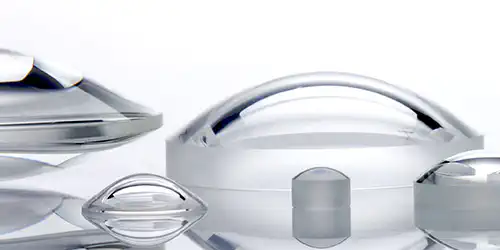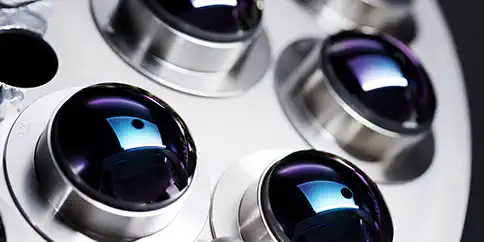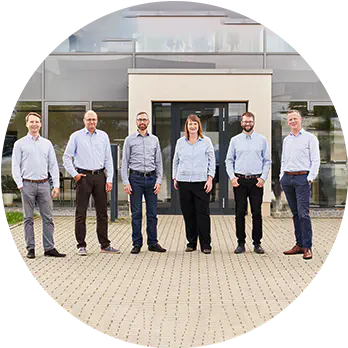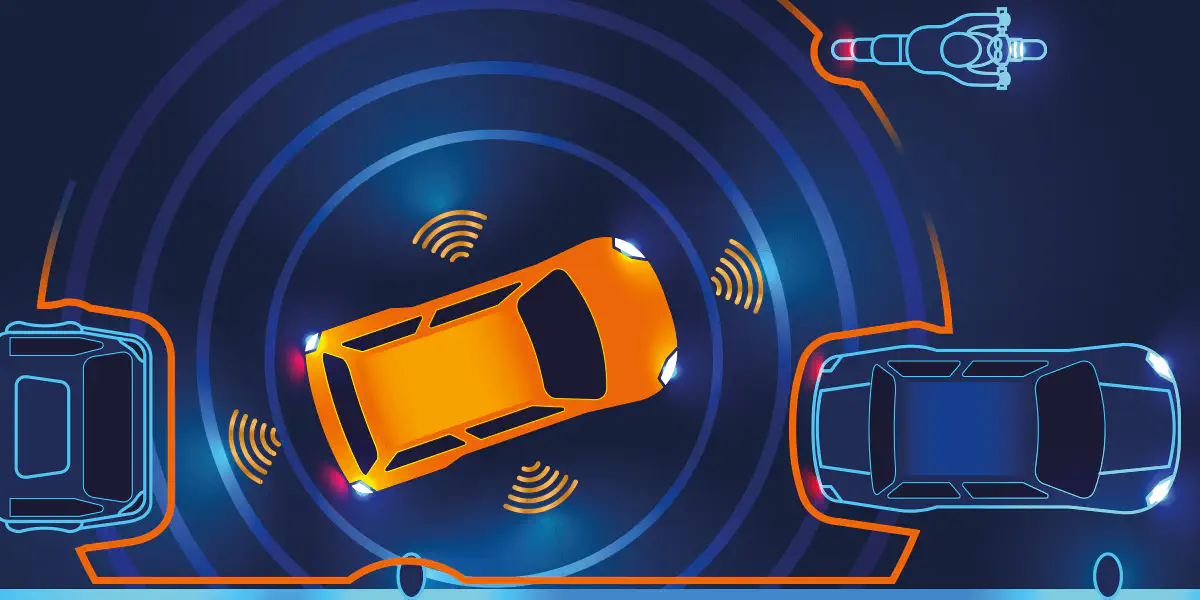
Driving Assistance Systems
Cameras and laser light for more road safety
In modern vehicles, a large number of built-in cameras enable the use of driver assistance systems (ADAS, Advance Driving Assistance Systems). This relieves the strain on the driver and ensures increased safety in road traffic. An approximate view of 360⁰ around the vehicle shows, among other things:
- Road and Traffic Sign Recognition
- Distance Measurement
- Parking Assistant
by means of high-performance optical systems, e.g. on front and rear windows, as well as mirror replacement cameras. Accidents can thus be avoided and important seconds - in some cases even lives - saved in the event of concentration difficulties.
Cameras, Sensors and LIDAR Systems
Hard-wearing high-performance elements such as robust cameras, sensors and state-of-the-art LIDAR (Light Detection and Ranging) systems, combined with the appropriate software packages, make for an unprecedented level of driving safety. The positive consequence: More and more functions, including autonomous driving, can be taken over by driver assistance systems in road traffic. In potentially dangerous situations, the driver is informed, e.g. via a display in the dashboard, acoustic or haptic alarm signals or automatic braking processes, enabling to intervene and react in good time.
Aspheres and freeforms for more safety
The basis for state-of-the-art camera systems are high-quality and robust optics that must meet the high demands of road traffic: Extreme heat and cold, dirt, moisture and vibrations must not affect the reliability and durability of the optics used. At the same time, the camera systems must provide consistently good imaging characteristics in order to capture surrounding objects in the best possible way. Longevity, accuracy and improved imaging properties can be achieved with aspheres, for example. So-called freeform optics go one step further. Freeforms reduce the number of optical surfaces through function integration and thus ensure extremely compact systems. Aberrations occurring in the lens system can be compensated by using a freeform surface system, made possible by the symmetry-breaking design.
Lenses and mirrors as components of modern headlamps
For better visibility, a mechanically adjustable setting of the light is dispensed and electronic control is used. Adapted to the respective lighting situation, glare from the oncoming driver can be minimized. In addition to LEDs and OLEDs in modern headlamps, laser light is also used for high beam applications. Blue monochromatic light is beamed onto a converter (phosphor element) by means of a laser, which converts the incoming light into white light pleasant to the human eye. The expansion of the converted laser light is made possible by a special projection lens and other integrated plastic lenses in combination with micro mirrors. The special advantage of laser light is its high luminance. Smallest diameters produce much higher luminance’s compared to conventional halogen headlamps, whereby a longer range of the main beam can be achieved. The result is increased driver safety through improved visibility at night.
Figure 1: Conversion of transmitted light and range of laser light in comparison with LED light
asphericon offers high-quality aspheres, spheres, freeform systems and laser beam shapers for the various requirements and daily applications of the optics used. Refining optics with in-house coatings or high-end finishing processes can further optimize the performance and precision.

